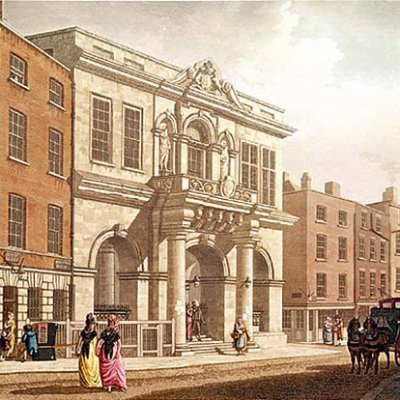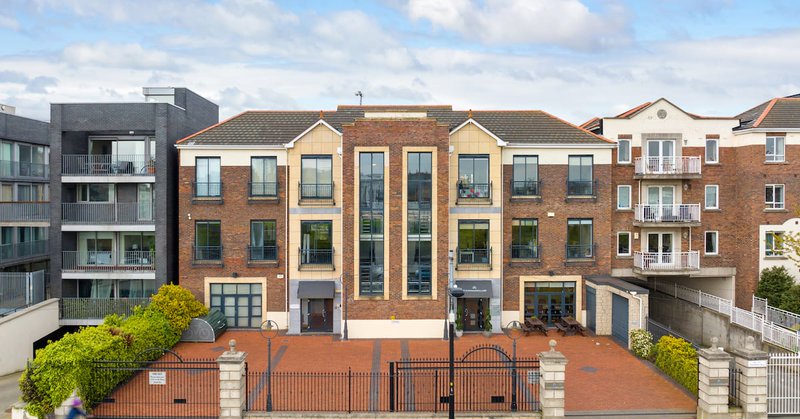
Architecture of Dublin
@Archidub1
Followers
7K
Following
8K
Media
1K
Statuses
4K
Joined April 2020
RT @dubcivictrust: Talbot House, an easily overlooked 1840s Dublin building, is looking particularly fine after its recent spruce up as par….
0
23
0
RT @ronanlyons: And there we have it. Ireland has overtaken another EU member state, in population, for the first time. At current trends,….
0
114
0
RT @JamesLucasIT: Colorized videos feel like a time machine 🧵 . 1. This is what Jerusalem looked like in 1897.
0
5K
0
It seems clear that we need a dedicated body to be able to repurpose and restore heritage properties as housing as these projects are unprofitable and overly complex for most private investors and beyond the reach of local councils resources.
irishtimes.com
Victorian buildings on Capel Street and in Phibsborough too much work for small return, councillors told
1
2
23
RT @PatrickHawe: 'Three and eleven she paid for those stockings in Sparrow’s of George’s street on the Tuesday, no the Monday before Easter….
0
1
0








